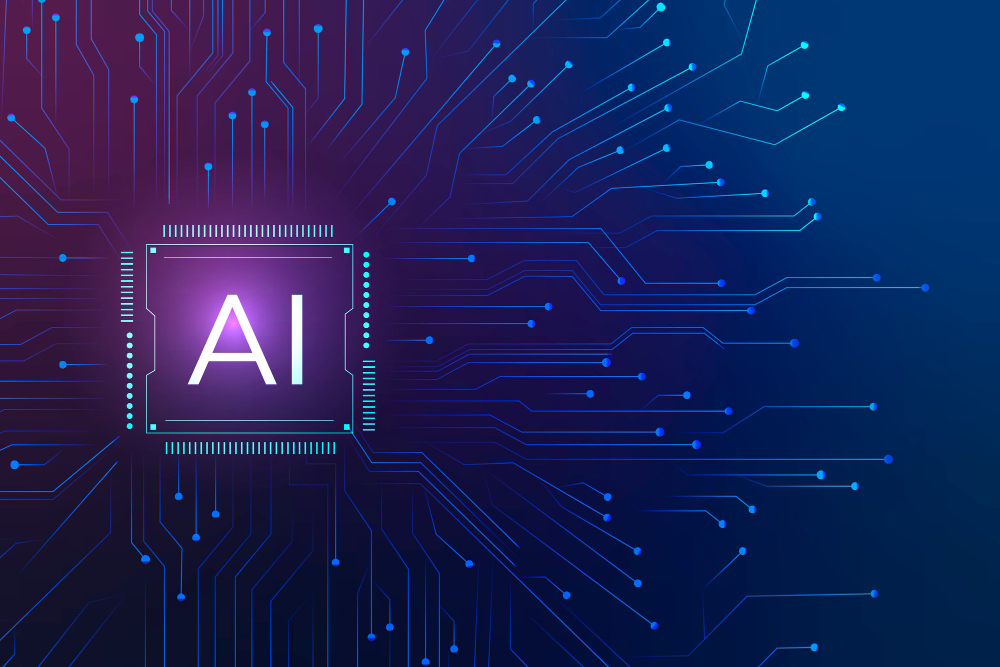Introduction to AI and its Challenges
AI has rapidly evolved into an important strategic pillar. It is no longer just hype, instead it has already entered operational business across many sectors. Alongside this enthusiasm, however, lies a technical and economic reality: AI models, especially the most powerful large language models (LLMs), are becoming larger, extremely energy-intensive, and expensive to scale effectively.
The Growing Demand for Computing Resources
The growing size of these LLMs drives an ever-increasing demand for computing resources, high-end GPUs, and vast cloud infrastructure. For many companies, total operating costs are prohibitively high.
Quantum-inspired Tensor Networks Offer More Cost-Efficient Approaches
In response, a new approach is emerging that makes AI more accessible, efficient, and adaptable to local conditions: quantum-inspired tensor networks. These networks offer several advantages over conventional compression techniques. Instead of creating ever-larger models, the focus shifts to compressing existing models by tensorisation. This is the process of identifying layers in a neural network that are suitable for reduction and breaking large matrices within these layers into smaller, interconnected matrices and quantisation, the reduction of numerical precision. This can shrink models by up to 95 per cent while maintaining performance and drastically improving efficiency.
How Tensor Networks Work
At its core, the technology restructures the representation of neural networks to eliminate unnecessary parameters while preserving the network’s full functionality. The technique works by identifying and retaining only the most relevant correlations between data points.
Benefits of Compressed AI Models
The result is an AI model compact enough to run on devices previously excluded from AI deployment. By simplifying the internal architecture, compressed models also process queries faster (measured in tokens per second), leading to quicker user interaction, system responses, and results. Energy efficiency is also improved: as fewer operations are required per inference, energy demand can fall by up to 50 per cent, reducing operational costs. Finally, there is the decisive advantage of hardware independence. These ultra-compressed models can be deployed across a wide range of platforms, from large servers to edge devices, avoiding dependence on rare or expensive GPU clusters and internet connectivity.
From the Cloud to the Edge: Localised AI Models
Until now, a cloud-centred architecture has dominated the AI sector. But ultra-compressed AI models are fundamentally changing this paradigm. Being much smaller, more efficient, and more processor-friendly, they enable a shift towards local deployment models at the so-called edge. This approach is not only more practical but also opens up many new application possibilities.
Examples of Localised AI Models
Examples can be found across many industries. For example, in vehicles, AI systems for navigation and safety can run directly on board, independent of cloud services that could fail in tunnels or remote areas. Consumer electronics and smart home devices can now offer AI features offline, greatly enhancing privacy and usability. In industrial automation, edge AI can monitor machines and optimise workflows without sending sensitive data externally – a particular advantage for regulated sectors such as life sciences or for locations without stable internet connections.
Compressed AI Models for More Sustainable Industrial Processes
One of the most compelling validations of compressed AI models took place at a manufacturing plant in Europe. The goal was to reduce the size of the manufacturer’s existing AI model – used in the production of automotive components – without compromising performance.
Results of Compressed AI Models
Using advanced tensor network-based compression methods, the model size was significantly reduced. As a result, the AI model delivered roughly twice the response speed and improved integration into existing plant systems, cutting the energy consumption for running the model by around 50 per cent. The compressed AI model enabled localised real-time decision-making – in robotics, quality control, or maintenance – without sending data to remote servers or relying on unstable internet access.
Compressed AI Offers New Opportunities for Industry
From manufacturing to the operating theatre, compressed models enable faster insights, better energy efficiency, and greater data privacy for organisations without compromising accuracy.
The Future of AI
AI is no longer defined by size but by ingenuity. Compressed AI represents a crucial evolution in the way we develop, deploy, and use machine learning models. This does not mean less performance – rather, it means an industry ready for both the present and the future.
Conclusion
In conclusion, compressed AI models offer a more efficient, cost-effective, and sustainable solution for industries looking to deploy AI. With the ability to run on devices previously excluded from AI deployment, compressed models enable faster insights, better energy efficiency, and greater data privacy without compromising accuracy.
FAQs
Q: What are quantum-inspired tensor networks?
A: Quantum-inspired tensor networks are a new approach to making AI more accessible, efficient, and adaptable to local conditions. They offer several advantages over conventional compression techniques, including the ability to compress existing models by tensorisation and quantisation.
Q: How do compressed AI models work?
A: Compressed AI models work by restructuring the representation of neural networks to eliminate unnecessary parameters while preserving the network’s full functionality. The technique works by identifying and retaining only the most relevant correlations between data points.
Q: What are the benefits of compressed AI models?
A: The benefits of compressed AI models include faster processing times, improved energy efficiency, and greater data privacy. They can also be deployed across a wide range of platforms, from large servers to edge devices, avoiding dependence on rare or expensive GPU clusters and internet connectivity.
Q: What are some examples of industries that can benefit from compressed AI models?
A: Examples of industries that can benefit from compressed AI models include manufacturing, healthcare, and defence. Compressed AI models can enable faster insights, better energy efficiency, and greater data privacy for organisations without compromising accuracy.











